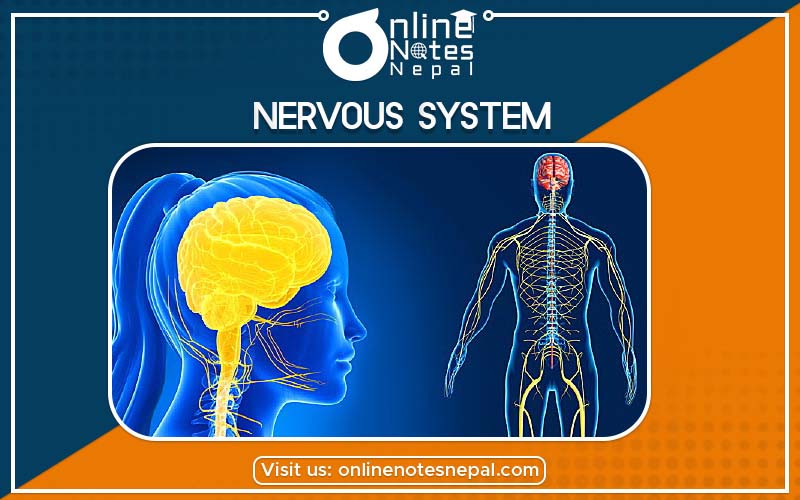Published by: Zaya
Published date: 14 Jun 2021

The nervous system is a highly complex part of an animal that coordinates its actions and sensory information by transmitting signals to and from different parts of its body. It is divided into two parts. They are the Central Nervous System and Peripheral nervous system. CNS consists of the brain and spinal cord. PNS has two subdivisions: the autonomous nervous system and the somatic nervous system.
The brain and the spinal cord are two important parts of the CNS. The brain consists of three parts:
The spinal cord passes the information through the hindbrain. It is the lowest part of the brain regulating the routine “housekeeping” function for daily activities. The medulla oblongata, Pons and Cerebellum are the three major structures of the hindbrain.
Medulla oblongata operates the auto function of the body. Like breathing, blood circulation, heartbeat, etc. We can do these activities without thinking about them.
Pons is the passage that connects two halves of the brain and hindbrain. Information passes from this centre to a higher centre and down to effectors. It consists of a highly interconnected mass of neurons. It controls sleep and arousal.
The cerebellum is located behind the Medulla and Pons. It controls movement activities. Damage in this creates poor functioning of muscles in walking. Alcohol is sensitive to the cerebellum.
After the hindbrain, information passes to the midbrain. A small area that serves as a centre of several postural reflexes activated with the senses. Like the movement of eyes to be fixed at an object. It is also called the Ascending Reticular Activating System(ARAS).
Functions:
Information comes after the midbrain and hindbrain. It is located from the forehead to the middle of the skull. Two areas: one is Thalamus, Hypothalamus, and Limbic system and another is the Cerebral cortex.
Thalamus lies in between two cerebral hemispheres and hidden in the forebrain. It is also called a Sensory switchboard.
Functions of the thalamus:
Hypothalamus is below the thalamus, very small in size. But very important in regulating internal body functions like temperature, metabolisms, sleeping, drinking, sexual motivation, etc.
A limbic system is a group of structures. The largest is the hippocampus and plays a vital role in the emotional activity and storage of memories. Another part is Amygdala which is linked with the hypothalamus and works in fear, rage, etc.
The cerebral cortex called the new brain has billions of nerves. Brownish-grey in a colour that has two symmetrical halves called the cerebral hemisphere. The right hemisphere regulates the left hemisphere’s functional parts and vice-versa. It contains 80% of the brain.
Functions: